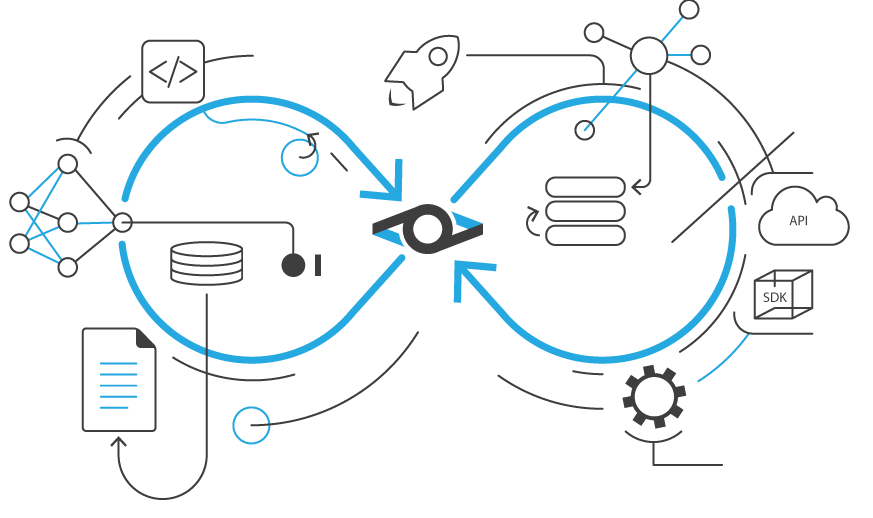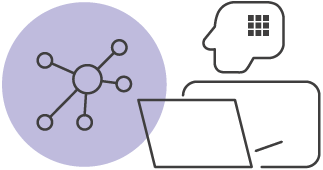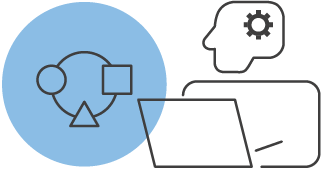Driven by strategic digital transformation efforts worldwide, Robotic Process Automation (RPA) is today the fastest-growing segment of the global enterprise software market.
By automating mundane, repetitive, time-consuming and error-prone manual tasks, RPA reduces costs and operational risks, enhances commercial outcomes, improves customer experience and provides valuable insights into company data, all while remaining highly scalable, flexible and predictable.
RPA is disrupting back-end operations as we know them, liberating the enterprise workforce and enabling it to focus on higher-value tasks.
But RPA has yet to become a fully mature sector and does not come without challenges.
Unstructured data and (process) customization as defining aspects of today's businesses are making enterprise processes difficult to automate end-to-end. Enter AI.
To meet a broad range of client needs, especially for enterprise workflows with high-volume, multi-decision processing requirements, RPA software vendors, value-added re-sellers and system integrators are looking to underpin AI and data management capabilities to deliver hyperautomation - integrated, intelligent automation.







